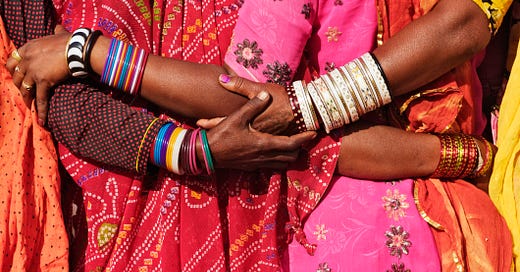Every two weeks or so I am publishing an essay from an emerging writer. This week, we are publishing “Warm Blood” by Sharanya Deepak. Sharanya is a writer and editor from and currently in New Delhi, India, and an an editor at Vittles Magazine. In October 2020, she won the Wasafiri new writing Prize for her essay "Seamless.” In 2022-23, she was a fellow …
© 2025 Roxane Gay
Substack is the home for great culture




